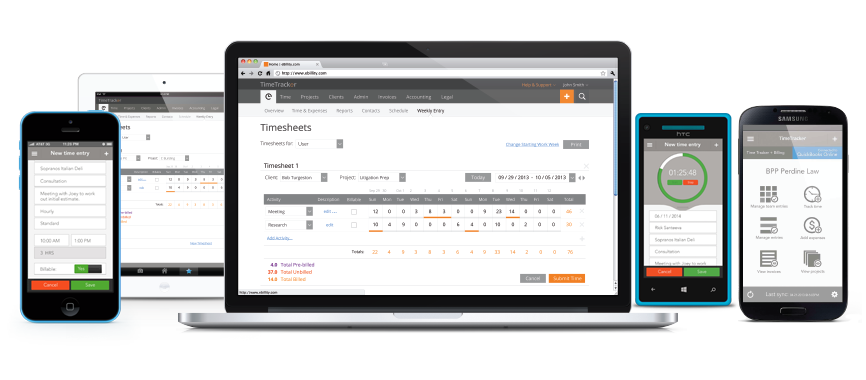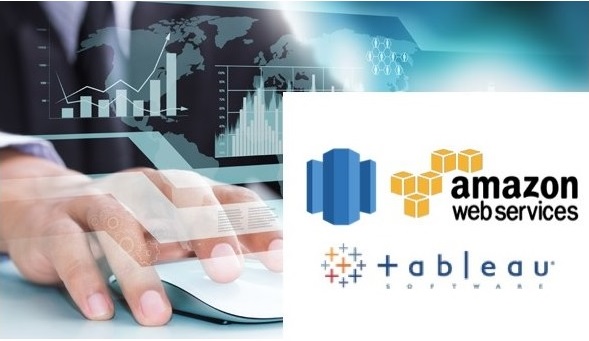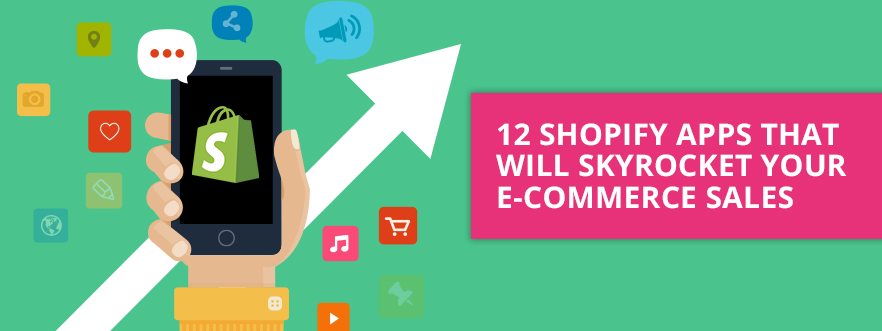For companies of any size –having the ability to easily and efficiently track and manage their workers’ time is invaluable.
But not all time-tracking systems are created equal. Some well-designed tools can help to make life easier for managers, payroll staff, and the workers themselves –while others are less adequate.
When it comes to developing a new tool, or software for a business, many SaaS developers are often so focused on getting the technical details right, that they neglect other, less tangible –but equally important aspects of software development. But the objective with any software program is to ensure that it will be well-received, and designing software your target audience will be interested in involves putting some time and effort into creating a tool that has marketability –and one that’s user-friendly.
If you’re considering developing a time tracking software –here’s a look at some things that you should keep in mind that will help you to develop an excellent user-friendly piece of software that meets the needs of your target audience.
![]()
- Security
Security is top priority on just about everyone’s mind today –especially for small businesses that have an obligation to keep customer and employee data safe. According to a recent survey by Endurance International Group, 81 percent of small business owners believe cybersecurity is a concern for their business. And business owners want to be reassured that their private information and their employees’ information will be secure. For software developers, ensuring that the program that you build is secure should be the first port of call.
- Usability
Business owners are using time tracking software to save time, so creating a robust and easy-to-use tool is essential. Time tracking software should have usability at the center of the design. If your software is difficult to use, or requires a steep learning curve in order to master it, you will end up losing out on valuable customers. Your software should run smoothly and effortlessly to improve user experience, and to increase the chances of businesses extending their subscription, or purchasing the product.
- Scalability
Is your software’s infrastructure scalable? Can it grow with a company? When developing your software, you’ll want to consider whether your software will be able to adapt to increased demands, and ensure that potential issues that could impact its scalability are addressed. For instance, will the software become slower with more employees accessing it? Will it be more vulnerable to hacks? What measures need to be taken to ensure the integrity of the data?
- Maintenance
The required level of maintenance is another important consideration. Many software programs require frequent basic maintenance and updates to keep them running smoothly. Most people don’t want to have to put a lot of thought or time into running routine maintenance checks or updates, so you might consider making updates automatic, or at the very least, easy and hassle-free.
- How Will You Sell It?
Who is your target audience? What companies will benefit from your software? How will you reach them? How will you convince them to try your product? In order for your product to get off the ground, you’re going to need a clear understanding of your target market –and the problems that they face. You’ll also need a plan to show them how your product can help them to solve those issues. Finally, you’ll need a solid marketing plan that will help you to get the word out –in a big way, to your audience. Make sure you determine the details of your marketing plan –prelaunch.
Successful SaaS, isn’t about designing a program that has a lot of flashy, extra features, instead, it involves taking a problem-solving approach, and looking to build software that addresses –and helps solve issues that many business owners are facing. When developing your software –look to focus your efforts on creating a robust program that helps in decision making, while also paying close attention to usability –in order to design a tool that business owners and employees alike would want to use.













